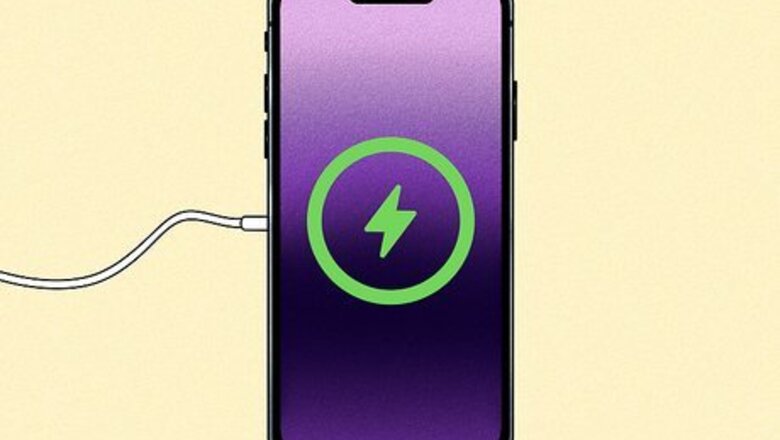
views
- The Wireless Power Consortium has developed a standard for wireless charging called Qi, which has been adopted by most major device manufacturers.
- Wireless charging works because there are metal coils in your device and the charger that interact with one another to create an electromagnetic field.
- Your device can convert the current from that field to direct current to charge the battery when it's in contact with the charger.
What is wireless charging?
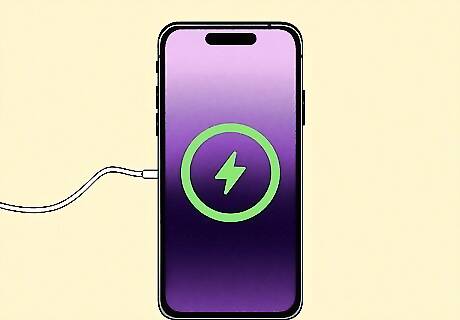
Wireless charging allows you to charge devices without a cable. Many personal electronic devices today come with wireless charging capability, and if you have a wireless charger, you can use that to charge your device without plugging in a cable. All you have to do is set the device on the wireless charger, and the device will begin to charge.
How does wireless charging work?
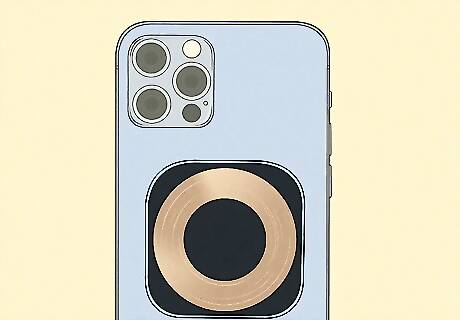
Inside your device and a wireless charger there are metal coils. The coil in the charger is called a "transmitter coil" and the coil in the device is called a "receiver coil". The transmitter coil sends a signal to find a receiver coil, and once it senses one, an electromagnetic field is created that generates an electrical current, which is then converted into direct current (DC) by the device. This current will then charge the device's battery.
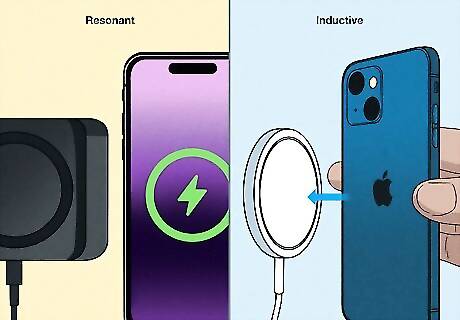
There are two types of wireless charging, called inductive and resonant. Inductive charging requires the device to be in contact with the charger, such as being set on a mat or using a MagSafe charger connected to the back of your device. Resonant charging requires the device and charger to be close, but they don't need to be touching.

Qi is the wireless charging standard. Qi (pronounced "chee") is a wireless charging standard developed by the Wireless Power Consortium (WPC). Many popular manufacturers have adopted Qi wireless charging for their devices, including both device manufacturers and peripheral manufacturers.
What devices support wireless charging?
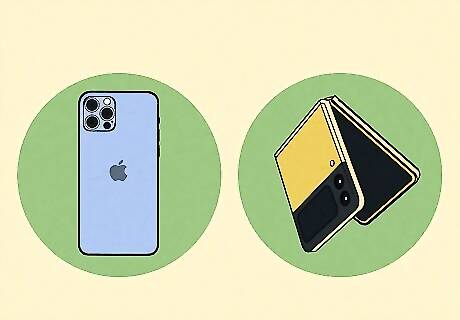
Most smartphones. Many smartphone developers have added wireless charging to their phones, for both Apple and Wirelessly-Charge-Your-Android Android devices. The following manufacturers have introduced wireless charging to their devices: Apple: All iPhones since the iPhone 8 have wireless charging capabilities Samsung: Galaxy Note5, Note8, Note9, Note10, Note20 5G, S6, S7, S8, S9, S20 5G, S21 5G, Z Flip3 5G, Z Flip 5G, Z Flip, Z Fold3 5G, Z Fold2, and the Z Fold Google Pixel: Pixel 3, 4, 5, 6, 6 Pro, 7, 7 Pro, 7a, and Fold Huawei: Mate RS, Mate 20 RS, Mate 20 Pro, P30 Pro, Mate 30 RS, Mate 30 Pro, Mate 30, P40 Pro+, P40 Pro, Mate 40 RS, Mate 40 Pro+, Mate 40 Pro, HONOR V30 Pro

Many peripheral devices. In addition to smartphones, many manufacturers have introduced wireless charging to accessories and peripherals too: Apple: For earbuds, there is a wireless charging case for AirPods 1st and 2nd generation; the Apple Watch cannot be charged by any charger beyond the proprietary Apple Watch charger Samsung: For earbuds, the Galaxy Buds, Buds 2, Buds+, Buds Live, Buds Pro; for smartwatches, the Galaxy Watch Active, Active 2, Watch, Watch3, Watch4, and Watch4 Classic Google Pixel: For earbuds, the Pixel Buds Pro Huawei: For earbuds, the FreeBuds 3; for tablets, the MatePad Pro and Pro 5G

There are over 9,000 Qi-certified devices on the market. For a comprehensive list and searchable database of Qi-certified devices, you can search the WPC's database. Transmitters are chargers (like charging stands and charging pads) and receivers are devices (like phones, tablets, and earbuds).
Pros and Cons
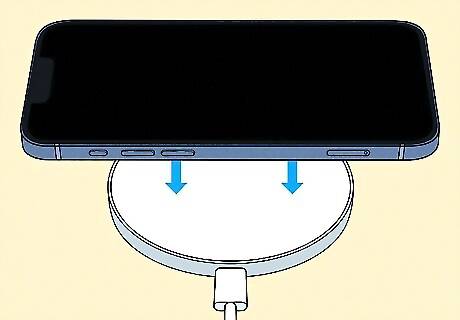
There are a number of advantages to wireless charging. The biggest advantage is convenience—instead of fumbling with a charging cord, you can simply set your device directly on the charger. Other advantages include: Less wear and tear on your charging port A safe way to charge, if you use Qi-certified chargers Many manufacturers are including wireless chargers in their furniture, including IKEA
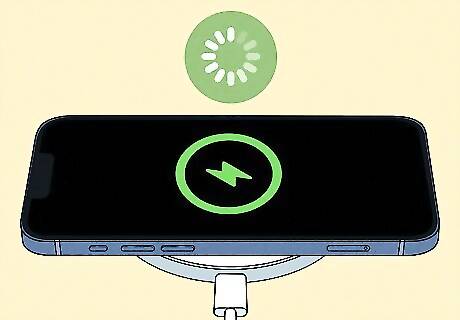
However, there are some disadvantages to consider as well. The biggest disadvantage is that wireless charging is slower than wired, especially if your device has a USB-C charging port. Other disadvantages include: Your device must stay on the wireless charger, which means you can't pick it up and use it Some wireless chargers can be expensive Not all devices support wireless charging
















Comments
0 comment